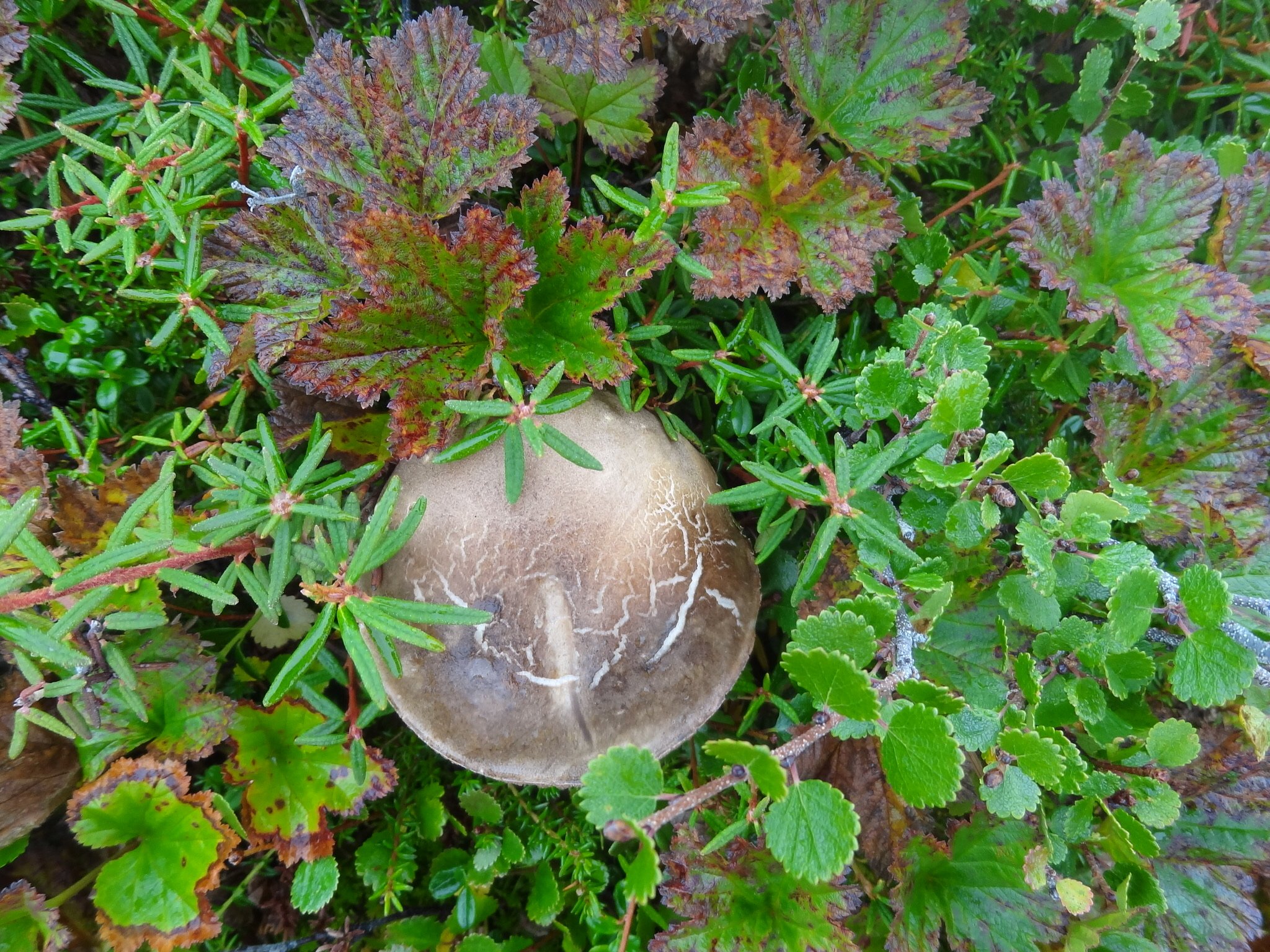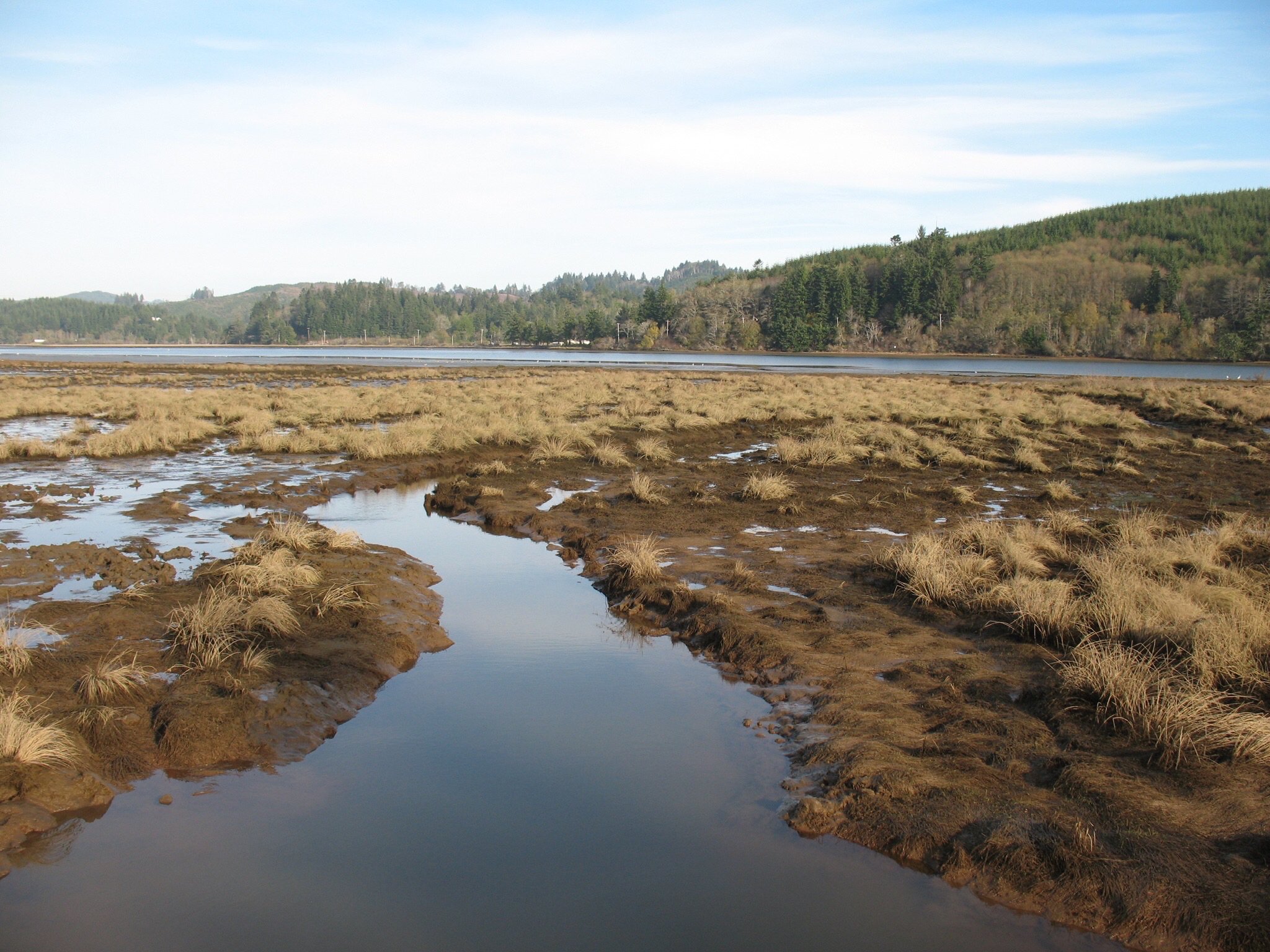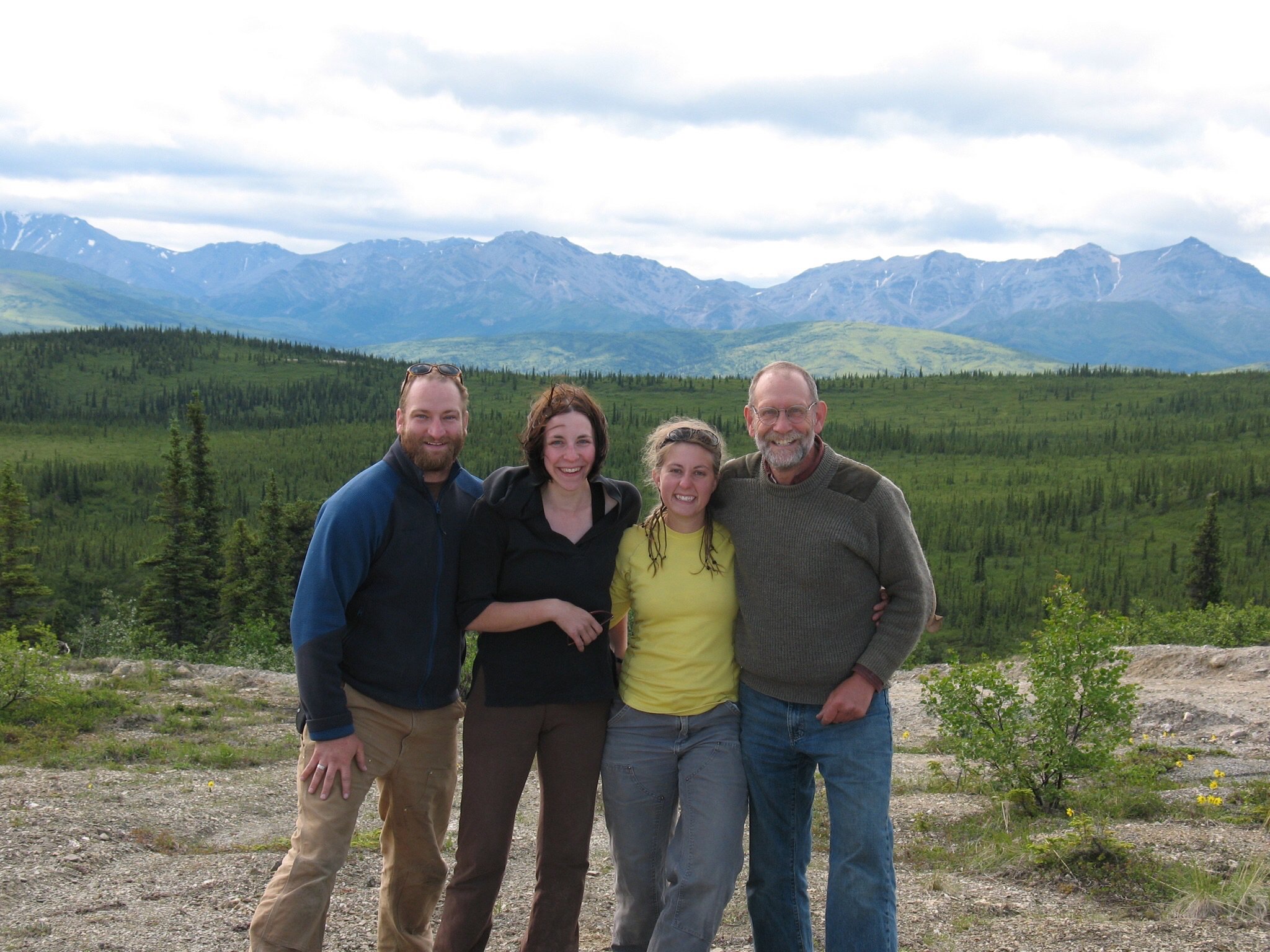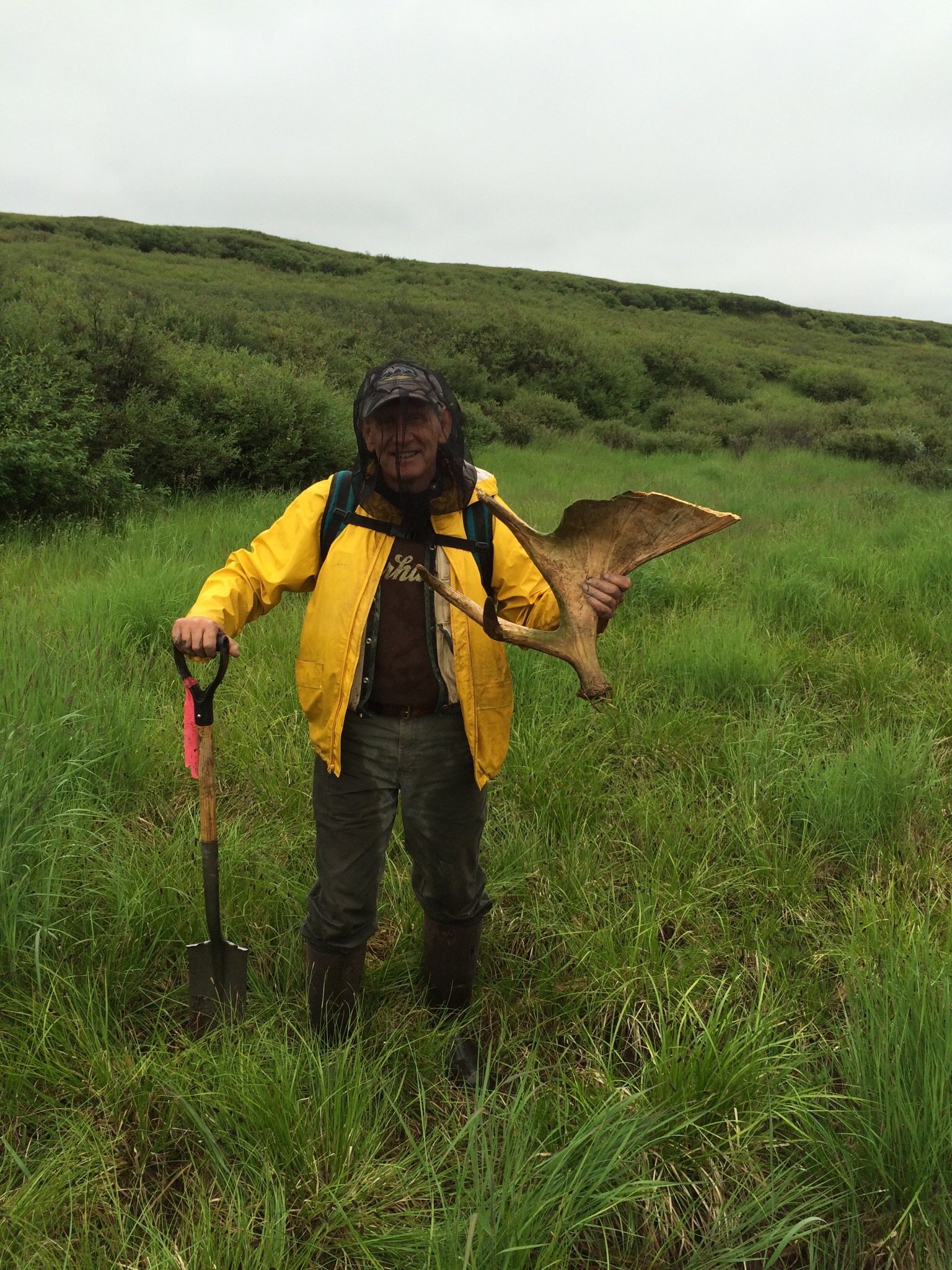A Long Road from St John's
I had been drawn to two books by the architectural critic Ian Nairn I found in the school library. They awoke a sense for the aesthetics of the built environment and the failures of poor urban planning. I had a mission. This was a thread that directed me to apply to a post-graduate Town Planning course at the University of Newcastle upon Tyne.
As I had grown up in rural Oxfordshire, Newcastle was so different from what I knew, gritty and with a raw wind blowing off the North Sea. Somehow I coped with quantitative urban geography, applied computer science (then in its infancy) and other unfamiliar disciplines.
Graduating after two years, I headed for Manchester in late 1971 to take a job as a planning assistant with the city government. But green and idealistic as I was, the everyday bureaucratic grind did not inspire me. The times were rebellious and I longed to be unconventional at last, after dutifully fulfilling my parents' and teachers' wishes. I grew my hair longer and tried living communally, singing in various bands. Naturally I did not settle in my job, though one assignment did give me a clue about my future: researching environmental pollution, Limits to Growth, and the proceedings of the 1972 Stockholm Environmental Conference.
 A selection of typical Alaska tundra plant species at Red Dog Mine, including spectacular boletus mushrooms!
A selection of typical Alaska tundra plant species at Red Dog Mine, including spectacular boletus mushrooms!
I left the City Planning Department job and applied to graduate school in Environmental Science in North America. The United States had fascinated me since a cross-country visit in the summer of 1971, and I saw it as a leader in the environmental movement of the time. In April 1974 I headed out on my great adventure, not even waiting to see if I had been accepted anywhere. After a summer holed up in the backwoods of Massachusetts, I was on my way west to take up a quarter time teaching assistantship in Environmental Science at Washington State University, in Pullman. WA.
But this wanderer had found his way. WSU turned out to have just what I needed, an interdisciplinary graduate programme in earth sciences with a non-thesis option, perfect for someone with a thirst to learn about soils, plants, water, and how the interrelate through the science of ecology. Without having any education in science or mathematics, beyond five years in high school! I took a chance on it, and so did WSU on me, thanks to a recommendation from my Tutor at St John's, Dr John Carey.
Three years later, upon graduation, I was footloose again, but I had become fascinated by the Pacific Northwest. The vast open vistas of the semi-arid plains, the evergreen clad mountains, rugged seashores, this felt like a new home to me. Oregon's bold foray into a state-wide land use planning programme offered employment opportunities, and my experience in local government planning plus a grounding in natural resources seemed like a good match.
But I was down to my last wager. I had to find a job in my field to remain on a student visa and prolong my American adventure. I set out in my '63 Rambler from Pullman for Coos County on the southern Oregon coast, normally a very long day's drive. After a long climb out of the Snake River canyon, the car overheated and had to be abandoned by the roadside. From there, it was hitchhike to the nearest town and a Greyhound bus to my destination. I even had to borrow a suit for the interview, but to my amazement, I was hired on the spot. On the return trip, my old car was still on the hard shoulder, now operable, barely, and I limped back to Pullman.
 Coos Bay tidal marsh (2007)
Coos Bay tidal marsh (2007)
1977 was the great divide in my life. I had found a job in rural planning, I got married, and made a life in Coos County, a place with a rugged libertarian culture that could not have been more different from what I had grown up with. Coos County was working on its first Comprehensive Land Use Plan, and I was pitched into public meetings discussing how people's rural properties were to be zoned. I'm sure nobody knew what to make of me with my beard and British accent! Once I was referred to as an "Aussie commie"...wrong on both counts, I thought. An older gentleman pulled me aside after a citizen meeting, produced a paperback copy of the US Constitution from his pocket, and said confidentially, "son, why don't you read this?" I still have it somewhere, and used it when I studied for my citizenship exam a few years later.
I found my true calling, though, researching and writing the natural resources portions of the Coos Bay Estuary Plan. I became fascinated by estuarine wetland systems, both flora and fauna. I found a home tramping around the salt marshes and coastal swamps, applying what I had learned about plant communities and learning all the plant species.
This work on coastal resources was the bridge to my next job as a coastal plan reviewer with the Oregon Department of Land Conservation and Development, which oversees all land use planning in the state, and applies its exacting standards. The staff at the DLCD had a wonderful sense of mission and esprit de corps. They were pioneers in the highly contentious political arena of state-wide land use planning. I am in touch with many of my old friends and colleagues to this day.
 The crew at Jumbo Dome, Alaska
The crew at Jumbo Dome, Alaska
This chapter was brief, and soon I was hired as a wetland specialist with the Oregon Department of Transportation, identifying and mapping wetland that were to be affected by road and street projects all over the state. A key element in the wetland regulatory scheme is providing mitigation for unavoidable impacts. I soon learned on the job how to locate suitable sites where wetlands could be restored or even constructed wholesale. I became absorbed in planning and design to create the right hydrologic conditions for wetland plant communities to become established, and ultimately to provide shelter for dependent wildlife, birds and fish. I watched fascinated as heavy equipment was used to grade out shallow depressions and connect to surface or subsurface water sources. Later, I would participate as crews planted wetland vegetation and broadcast seed. Then came successive years of monitoring to prove out our designs.
Ten years of public service to the state came to an end in 1995 as I joined a private engineering consulting firm, and continued the same types of work, on projects much expanded in scope. Opportunities opened up to travel far beyond the state of Oregon, south to California and Nevada, east to Idaho, and especially, north to Alaska. Now not only the temperate forests of Oregon and its rainy coast, but the precious pockets of wetland within the arid American west, and the remote tundra of the Arctic and the Aleutian Islands became my stamping grounds.
Finally, last year I completed 25 years with the firm and became semi-retired. But only to continue as a volunteer with The Wetlands Conservancy, an Oregon land trust. I have returned to my first love, monitoring the plant community on coastal marshes for two of their preserves. My research is part of a plan to conduct restoration of a former cow pasture to its historic function as an intertidal salt marsh, complete with sinuous channels for fish rearing. I am also a part time instructor at a community college, teaching young biologists how to identify and delineate wetlands.
 I find a moose antler along Ikalukrok Creek, near Red Dog Mine
I find a moose antler along Ikalukrok Creek, near Red Dog Mine
Looking back, I am amazed how the arc of my life and career has reached out across space and time to bring me to where I have landed, here in Portland Oregon, now in my mid-70s. My education at St John's sharpened and disciplined my mind and gave me the confidence to aim off into an unconventional direction. My Oxford degree gave me extra credibility when I could have appeared as something of a pretender or a lightweight, first to the urban geographers and environmental scientists who accepted me into their programmes, then to the Coos County Planning Director who hired me.
Many of us leave school with fully formed ambitions and directions, and pursue them single-mindedly. But others improvise, and somehow find their way (or not). In my case, I finally came to realise what resonated with me and gave me my direction: it was the love of the natural world and growing things, that had taken root in my happy childhood in the woods and fields of Oxfordshire, and beside my father's wheelbarrow as he worked in his garden.